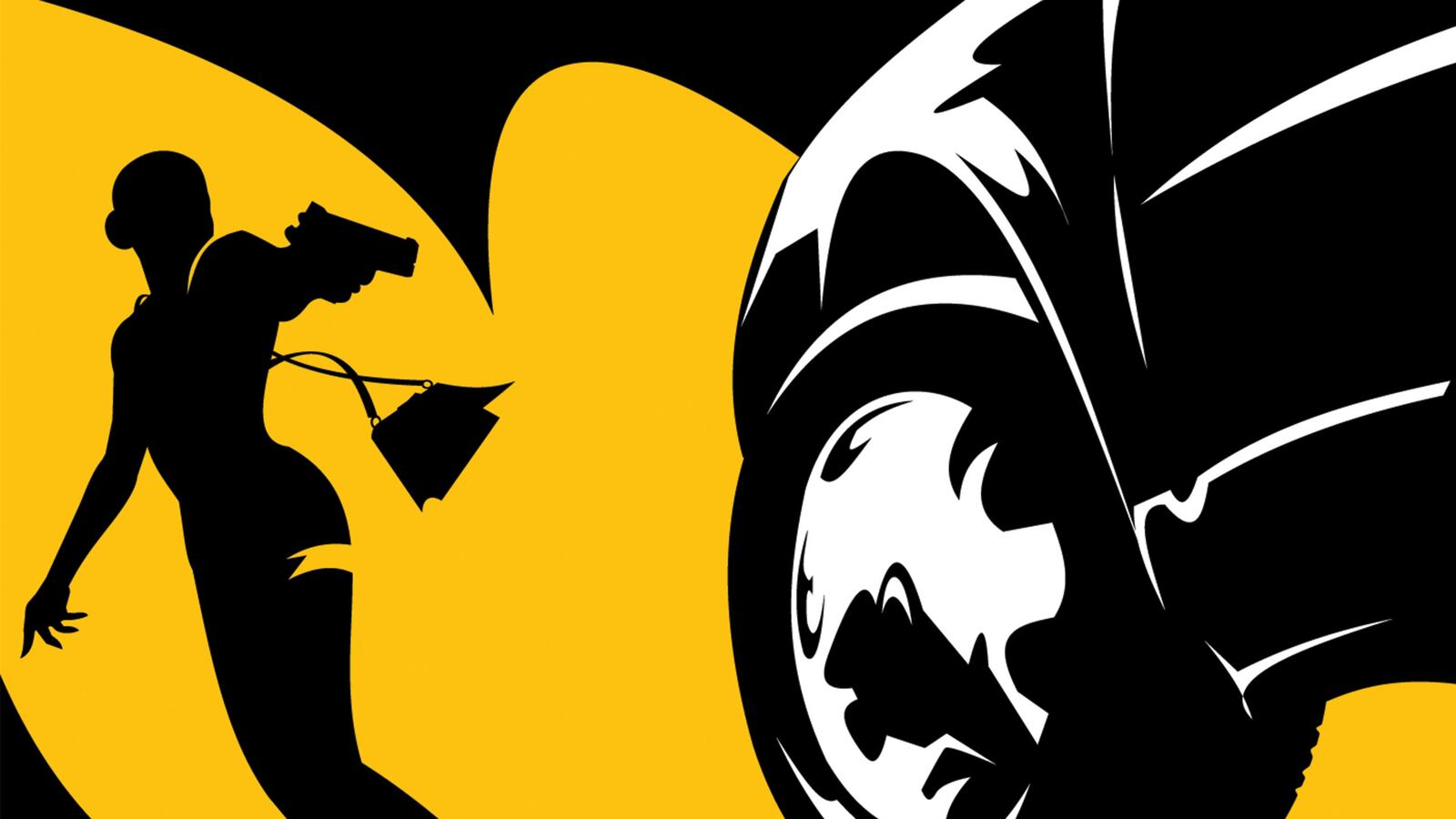The ever-thinning line between fiction and reality has come under intense scrutiny with the arrival of Norwegian novelist Karl Ove Knausgaard’s multi-volume My Struggle (Min Kamp).
By the hard-strapped standards of contemporary letters, the new wave of memoir as fiction—or should we say fiction as memoir?—has drawn massive attention, as well it should. The compelling nature of the quotidian in Knausgaard’s work lies, paradoxically enough, in the reality of his purported fiction, its nearly obsessive concern with the assemblage of small truths—the “banalities and humiliations of his life,” as Knausgaard himself describes them.
What he has achieved so admirably is very different from what authors of thrillers commit themselves to on the page. Or is it?
We thriller writers have rooted ourselves studiously in the fantastical world of missiles, murder, guns, bombs, and terrorists, to name but a few of the subjects that dominate the bestseller lists. Hardly the subtle details of life that Knausgaard and others—Elena Ferrante comes readily to mind—have dredged with pointillistic fervor.
In contrast, we largely mine the mayhem and madness of contemporary life as we conceive it. But what we’re seeing now in my chosen genre is a propulsive drive toward what could easily be seen as the inverse of what Knausgaard and other writers of literary works have undertaken. While they drape the thinnest veils over reality—a diaphanous divide so subtle that it appears ever-shifting and evanescent—thriller authors are increasingly taking the ever-accelerating news of the day and draping it over our fictional characters to portray a world that is frighteningly persuasive in its verisimilitude. In doing that, we are not only compressing the line between fiction and reality in our own realm, much as Knausgaard and others are doing in theirs, we are also increasingly compressing the time lag between what is happening in the real world and the version that appears in our book.
Case in point: I was watching CNN late one night last year when a series of short segments flowed together in a manner that I would realize within minutes could prove treacherous. First, there were the latest beheadings by ISIS. Then a few fast words about the Vienna negotiations on Iran’s nuclear program. The anchor sounded as bored as I was becoming. My late-night fade was in full bloom when he delivered a report about a recent attempt by hackers to penetrate a U.S. government agency. As an author of a series about cyber-terrorism, that woke me up, but not nearly as much as the NASA animation that followed. It showed Antarctica’s most threatened glaciers chugging toward the Amundsen Sea with the ominous warning that the unleashing of the West Antarctica Ice Sheet could result in upwards of 11 feet of sea level rise—but in a century or two, maybe more.
OK, fine. I settled down. So Beantown, my home base for many years, would remain safe for the foreseeable future. Easier, and probably more prudent, to worry about next year’s marathon.
But my imagination was already compressing the terms of reality dealt so blithely to me by CNN. As I thought of those glaciers chugging to the sea, I began to churn out the means by which those vast chunks of polar ice and the rest of that string of stories could coalesce into a plot as fresh as tomorrow and—more pertinent to this discussion—turn them into fiction Velcroed so close to reality that it could raise a deeply troubling question. It’s one I believe thriller authors increasing face: By synthesizing such real time apocalyptic elements so tightly to our stories—and by demonstrating their connective tissue—are authors of thrillers inadvertently in league with terrorists? Or is that merely a tetchy question best left to the academics?
I think in the past the latter response mostly prevailed, though in 1994 Tom Clancy published his painfully prophetic thriller Debt of Honor, in which a Japanese airline pilot flew a Boeing 747 into the U.S. Capitol.
Even the far-fetched fiction of Suzanne Collins has had its origins in the here and now. She reports that she was inspired to write The Hunger Games while channel surfing. On her video voyage she watched young people competing on a reality show, then witnessed a group of teens fighting in an actual war. Collins said she was really tired, “And the lines between these stories started to blur in a very unsettling way.” The not-so-distinct realms of reality and fiction, blended by the soupy alchemy of somnolence, produced a decidedly positive event: “That’s the moment when Katniss’s story came to me.”
Television also prompted author Hugh Howey’s series Wool. He noted that while the world is becoming a better place for most people, “You would never think this to watch the news. Our perception of progress is colored through a very dark lens. When you go out in the world, you often find it to be a much better place.”
Howey’s insight formed the cornerstone of his dystopian tale, which confines humanity to a gigantic subterranean silo split into 150 levels. The only view of the outside world is via a screen that transmits an image of a ruined landscape.
Sound familiar? It did to me when I recalled watching that series of reports on CNN.
Predictably, smart phones, the Internet, and social networking sites are adding to the force of fiction. Witness Patrick Ness’s Chaos Walking novels, in which information overload prompted the author to ask himself this telling question: “What if you couldn’t walk away at all?”
His ever-present cascade of “Noise” was born, driving his protagonist Todd to embark on a search for silence.
A fruitless task, I would propose, made more so by the mash-up of reality and fiction, and the cacophony of voices—both real and imagined—that now dominate both fictionalized memoir and the hyper-realized world of thrillers.
As we thriller writers seize on the brute norms of news to conjure ever more cataclysmic events, we may yet join the ranks of the late Tom Clancy by seeing elements of our own horrors replicated in reality. But this time there may not be a seven-year lag between publication and when the terror takes place, for ISIS and others have shown an astute awareness of the contemporary culture they so virulently denounce as well as the sophisticated communication they so enthusiastically embrace. Is there any reason to think they and their ilk won’t borrow freely from yet another convention?
Say, thrillers?
We inhabit uneasy realms. Not just on the page.
Thomas Waite is a bestselling thriller author whose debut novel, Terminal Value, was critically praised and reached #1 at Amazon. His bestselling second novel, Lethal Code, was also widely acclaimed. Waite is the board director of, and an adviser to, a number of technology companies, and his nonfiction work has been published in The New York Times and Harvard Business Review. Trident Code, Waite’s second Lana Elkins thriller, was published in May. Visit him online at thomaswaite.com.






